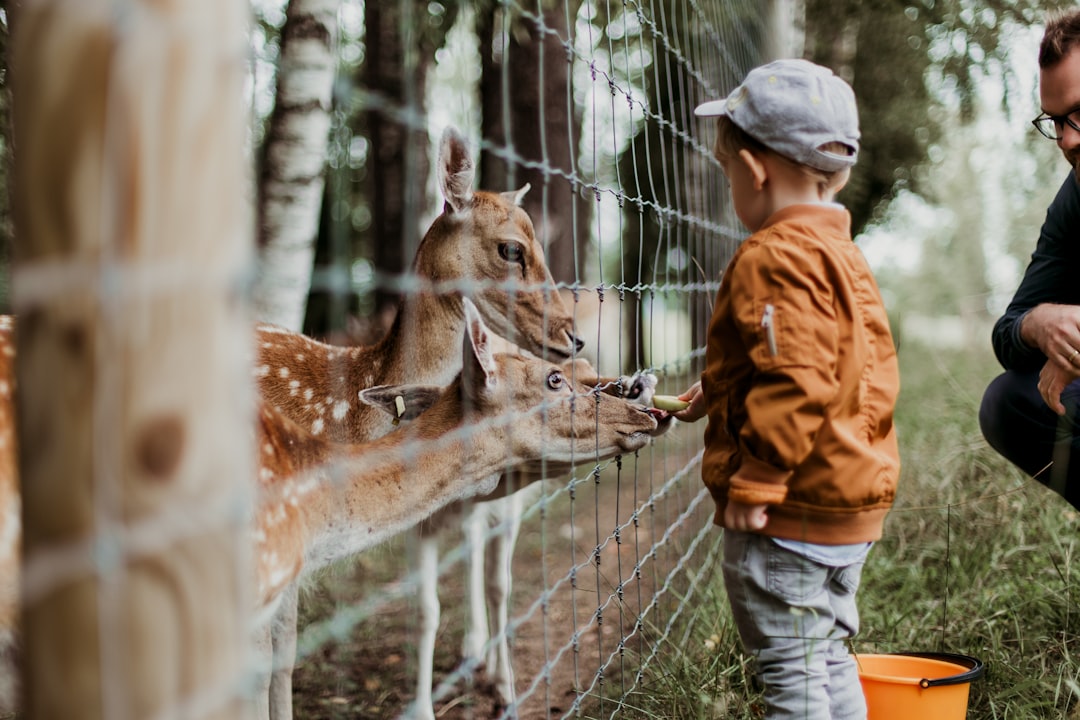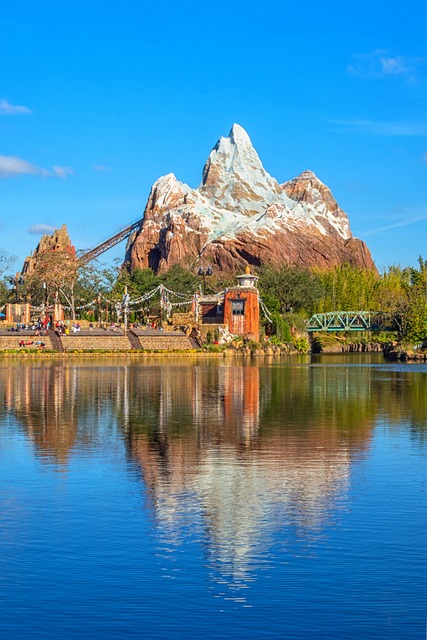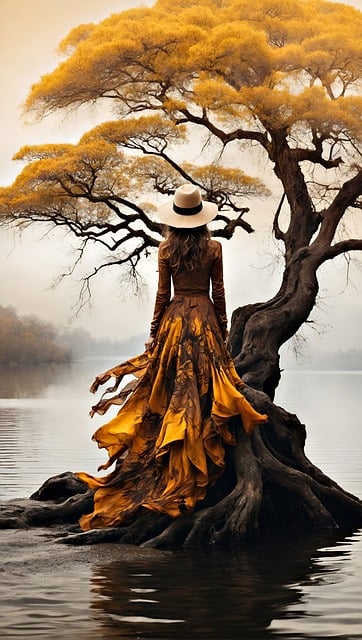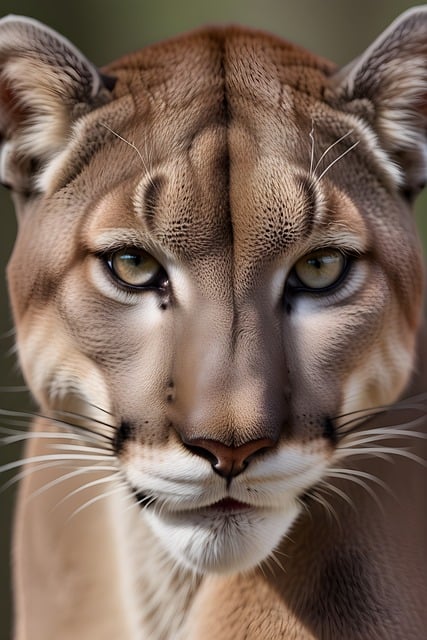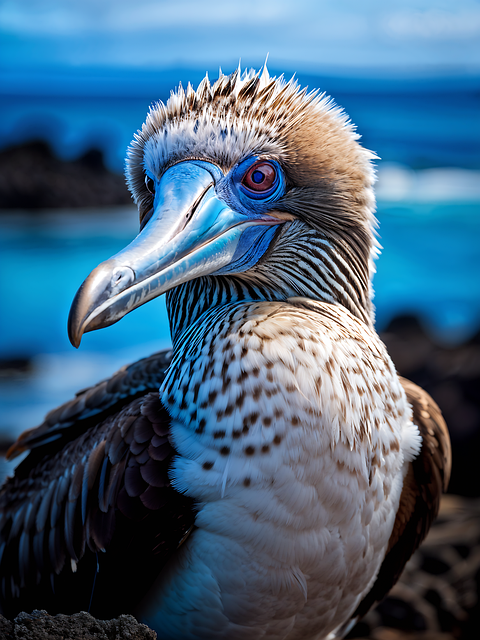Zoos have long been a popular destination for families and animal lovers alike, offering a unique opportunity to get up close and personal with a wide variety of wildlife from around the world. While many visitors focus on the fascinating animal exhibits, few realize the extensive behind-the-scenes operations that go into running a successful zoo. In this article, we will take a closer look at the inner workings of a zoo, explore the diverse array of animal exhibits on display, and delve into the crucial role that zoos play in conservation efforts and wildlife protection. Join us on a virtual safari as we uncover the secrets of the zoo world.
- 1. "Behind the Scenes: A Look at Zoo Operations"
- 2. Explore the Wildlife: A Guide to the Animal Exhibits
- 3. Conservation Efforts: How Zoos play a role in Wildlife Protection
1. "Behind the Scenes: A Look at Zoo Operations"
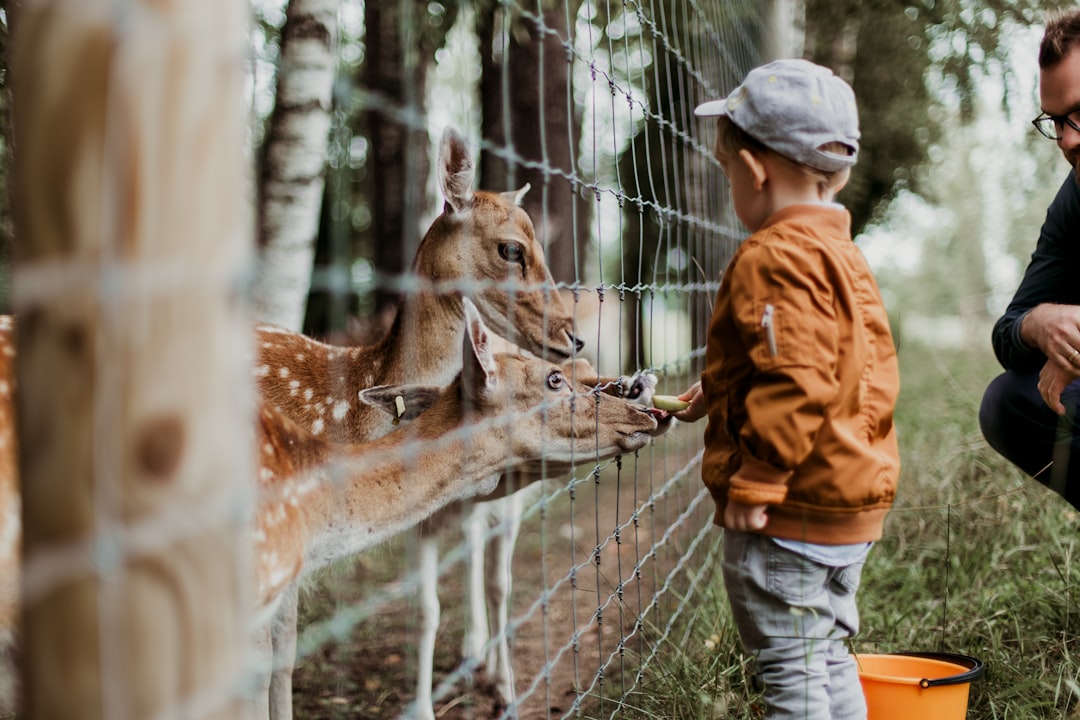
Behind the Scenes: A Look at Zoo Operations
While visiting a zoo, most visitors only see the animals on display and the various exhibits and attractions. However, there is a lot of work that goes on behind the scenes to ensure the smooth operation of a zoo. From animal care to staff management, zoo operations encompass a wide range of tasks and responsibilities.
One of the most crucial aspects of zoo operations is animal care. Zookeepers and veterinarians work tirelessly to ensure the health and well-being of the animals in their care. This includes feeding and grooming the animals, monitoring their behavior and health, and providing enrichment activities to keep them mentally stimulated. Additionally, zoos often participate in conservation and breeding programs to help protect endangered species and ensure their survival for future generations.
In addition to animal care, zoo operations also involve maintaining the facilities and grounds of the zoo. This includes regular cleaning and maintenance of exhibits, pathways, and infrastructure to create a safe and enjoyable environment for both visitors and animals. Behind the scenes, there is a dedicated team of maintenance staff, gardeners, and technicians who work to keep the zoo running smoothly.
Furthermore, zoo operations also encompass visitor services, education programs, and outreach initiatives. Zoos aim to educate the public about wildlife conservation and environmental protection through interactive exhibits, guided tours, and educational events. This requires coordination with schools, community groups, and other organizations to raise awareness about important conservation issues.
Overall, zoo operations are a complex and multifaceted endeavor that requires coordination and collaboration across various departments and disciplines. Behind the scenes, there is a dedicated team of professionals working tirelessly to ensure the success of the zoo and the well-being of the animals in their care.
2. Explore the Wildlife: A Guide to the Animal Exhibits
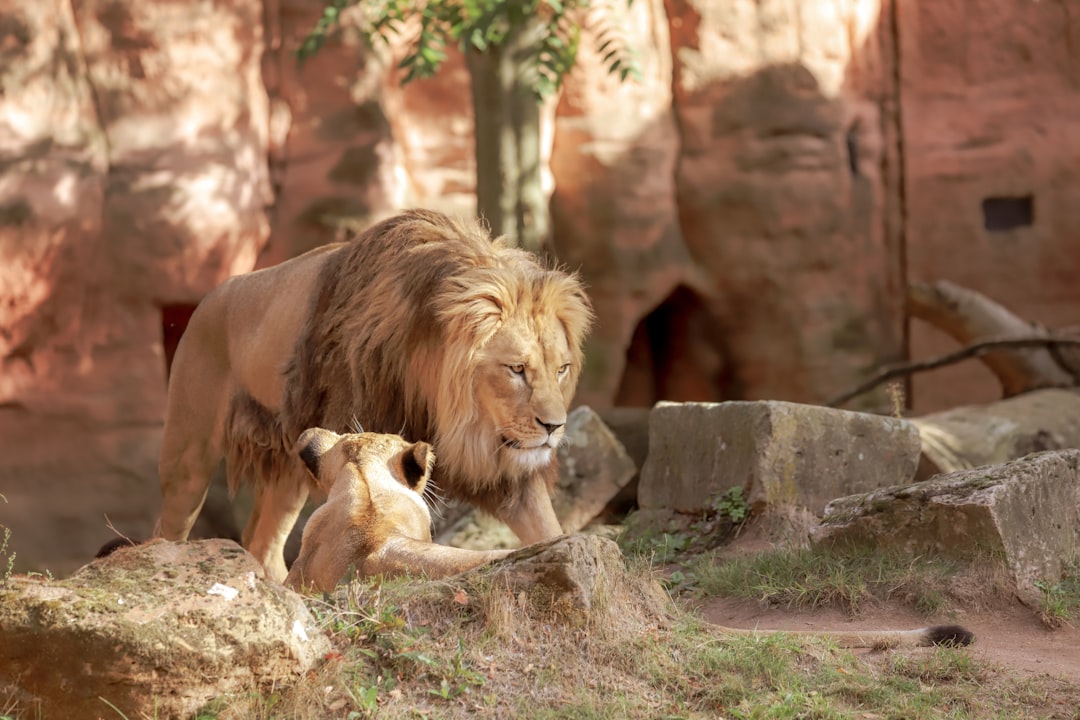
Visiting a zoo is a great way to learn about different animal species from around the world. As you walk through the various exhibits, take the time to observe and appreciate the unique characteristics of each animal. Some zoos offer guided tours or educational programs that provide more in-depth information about the animals and their habitats. Make sure to check the zoo map or ask a staff member for information on the different animal exhibits and their locations. From big cats to exotic birds, there is always something new and exciting to see at the zoo. Don't forget to bring a camera to capture these special moments and create lasting memories of your wildlife adventure.
3. Conservation Efforts: How Zoos play a role in Wildlife Protection
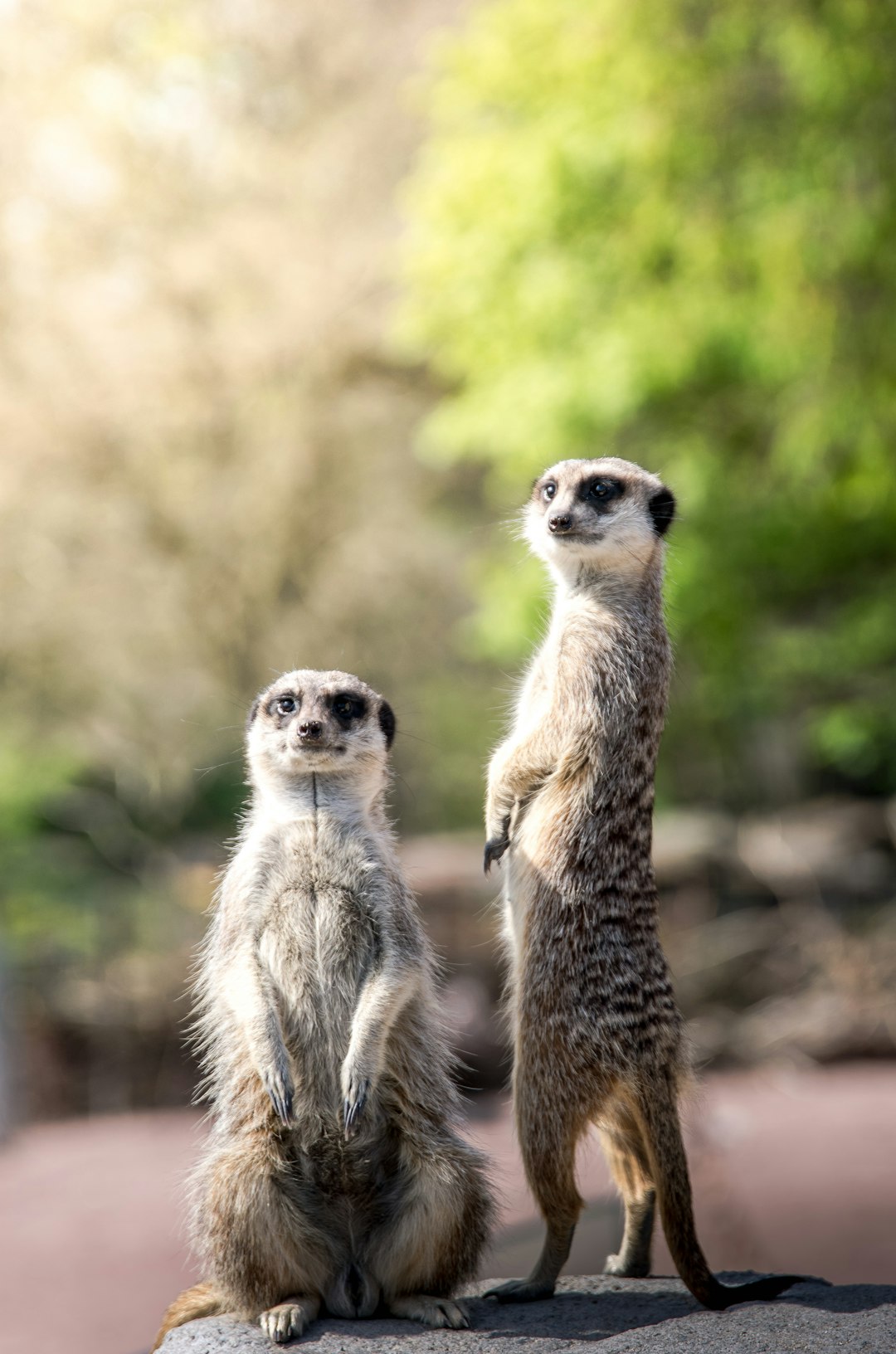
Zoos play a crucial role in wildlife protection through their conservation efforts. Many zoos participate in breeding programs for endangered species, including providing a safe and controlled environment for animals to reproduce and raise their young. This helps to increase the population numbers of these species and prevent them from becoming extinct.
In addition, zoos often work with conservation organizations and researchers to support projects that aim to protect animals in the wild and their natural habitats. This can include funding for anti-poaching initiatives, habitat restoration projects, and wildlife education programs for local communities.
Furthermore, zoos serve as important educational centers for raising awareness about the threats facing wildlife and the importance of conservation. By showcasing these animals to the public and providing information about their habitats and conservation needs, zoos help to inspire visitors to take action to protect vulnerable species and their environments.
Overall, zoos play a vital role in wildlife protection by contributing to conservation efforts, educating the public, and actively supporting initiatives to safeguard endangered species and their habitats.













